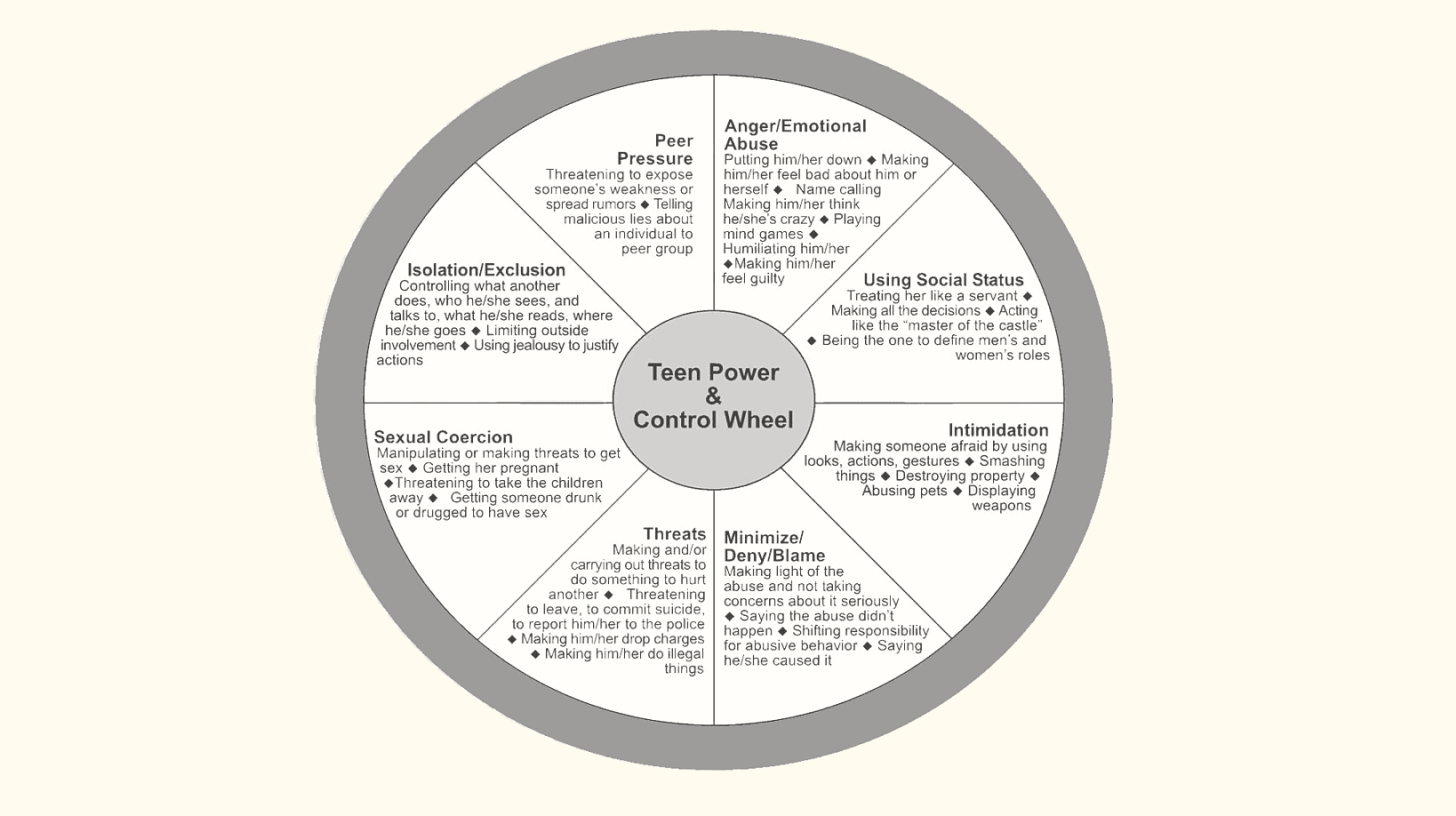Coercive power, a tool wielded by those in positions of influence, exploits this fear by employing threats to manipulate others into compliance. In this article, we’ll delve into the realm of coercive power within both workplace dynamics and personal relationships, providing insights on how to effectively navigate and counter its influence.
What is Coercive Power?
Coercive power is a phenomenon wherein an individual or a group leverages their authority and power to manipulate or control others. Its implications in the workplace are substantial, leading to psychological distress for both the wielder of power and those subjected to it.
Research 1 exploring the impact of coercive power on team cooperation has revealed that it fosters a more antagonistic climate, compelling teammates to comply with rules under a sense of coercion.
Understanding Coercive Power
Coercive power is a method of controlling or manipulating others through intimidation, threats, or manipulation with the aim of compelling individuals to do things against their will. For instance, a person wielding coercive power might declare, “If you refuse to comply, I will harm you.”
According to the American Psychological Association 2, coercive power operates by the ability to enforce compliance through force, punishment, or the threat of punishment. Those who employ coercive power use tactics like threats, guilt, rewards, or discipline to coerce others into actions they would not willingly undertake.
The Milgram shock experiment 3, conducted in 1961 by Stanley Milgram, sought to explore the impact of authority on individuals’ willingness to inflict pain on others. In the experiment, volunteers, misled into believing they were “teachers,” were instructed by an authority figure to administer increasing electric shocks to a “learner” for every wrong answer.
Unknown to the volunteers, the “learner” was an undercover assistant, and no real shocks were given. Despite this, 65% of participants proceeded to administer shocks severe enough to suggest fatality, underscoring the potent influence of coercive authority on human behavior.
Watch a captivating video of the experiment here: https://youtu.be/Kzd6Ew3TraA
Coercive Power in The Workplace
Coercive power manifests when a boss resorts to threats to drive employee behavior.
While there are instances of positive uses for coercive power, such as ensuring safety compliance, penalizing unethical behavior, or addressing harassment, an overreliance on it can lead to a high-pressure and toxic workplace culture, ultimately harming the team in the long run.
According to Luciano Santini 4, Ph.D., the use of coercive power in the workplace can result in employees experiencing:
– Low job satisfaction
– Lack of creativity and innovation
– Lack of personal control
Examples of workplace power dynamics that might contribute to a toxic culture for employees include:

Source: Abuser Goes to Work
The coercive power of a manager, as per the workplace power and control wheel, is evident through various tactics, and some examples include:
- Use of economic abuse:
– Unwarranted loss of privileges
– Longer hours for little pay
– Pay cuts as punishment
- Use of coercion threats:
– Mandated cooperation
– Harassment
– Firing of employees that retaliate, disguised as layoffs
- Use of intimidation:
– High employee turnover
– Discrimination
- Use of emotional abuse:
– Managers repeatedly asking an employee on a date
- Use of isolation:
– Exclusion from important meetings and social gatherings
– Ignoring emails, phone calls, and in-person contact with the employee
- Use of supervisory privilege:
– Unnecessary demotion of an employee
– Manager falsely accusing the employee of misconduct
- Use of others to uphold abusive behavior:
– Spreading rumors among the employees’ co-workers to cause conflict
- Deny, blame, and minimize abusive behavior:
– Mentioning of abuse causes the manager to mock or make light of the employee’s feelings
– Accusing the employee of insubordination
These examples illustrate the various ways in which coercive power can manifest in a managerial context, creating an unhealthy and oppressive work environment.
Types of Coercive Power
There are two main types of coercive power: direct and indirect power.
Direct power: Straight from the boss’s mouth
Imagine this scenario: you’re in your cramped office, surrounded by a mountain of paperwork, and in walks your boss. Before you can even think about escaping to a tropical paradise with your remaining vacation days, they deliver the bombshell. “Finish that report by tomorrow, or say goodbye to your promotion!” Ouch, a punch to the gut!
This is direct coercive power—those in-your-face threats and ultimatums that make you feel trapped and helpless. Your boss holds the power to turn your life into a nightmare if you comply, creating a whirlwind of fear and pressure.
Indirect power: Subtle manipulation
Now, let’s step into the enigmatic realm of indirect coercive power. Imagine being in a toxic relationship with someone who excels at playing mind games. They won’t explicitly say, “Do this or else!” No, they’re far more cunning than that.
Instead, they employ subtle tactics to control and manipulate you. This might involve emotional blackmail, guilt-tripping, or even withholding love and affection. It’s akin to being trapped in a maze where every turn is a mind game, and finding your way out seems impossible.
With indirect power, it’s a form of psychological warfare. Picture one of those James Bond movies where the villain has a secret lair filled with traps and surprises—that’s what it feels like dealing with someone wielding indirect coercive power.
Coercion vs. Coercive Power
Coercion involves forcibly compelling someone to do something against their will. In contrast, coercive power is a type of power where one influences others’ behavior by implementing disincentives or punishments.
Coercive power can be both positive and negative when wielded unfairly and harmfully. For example, if you attempt to persuade a friend not to spend all their money on expensive clothes by threatening violence, it may be considered coercion, but it doesn’t exemplify coercive power due to the absence of an actual threat. Conversely, if a boss threatens termination for employees failing to meet goals, that constitutes an example of coercive power, with clear intent behind using such tactics for motivation.
Recognizing and addressing coercive power is crucial for fostering a healthy and empowering environment. If you’re a manager reading this, how can you ensure that your management style doesn’t become coercive, and how can you better manage your employees?
Signs of Emotional Abuse in a Relationship
Emotional abuse can be challenging to grasp, as it may not always manifest as overt physical violence or verbal threats. In an emotionally abusive relationship, the signs may be subtle but equally damaging. If you find yourself experiencing any of the following, it’s crucial to recognize that emotional abuse is taking place:
- Control:
– You feel like your partner controls every aspect of your life, including your choices in clothes, hobbies, friends, etc.
- Decision-Making Power:
– Your partner consistently makes all the decisions without seeking input from anyone else in the relationship.
- Isolation:
– You often feel that nobody understands the pain caused by your partner’s words, as if your experiences are unique and isolated.
Recognizing these signs is the first step towards addressing emotional abuse and seeking ways to break free from a harmful relationship.
How to Respond to a Victim of Coercive Power
If you suspect someone is a victim of coercive power, it’s crucial to recognize the signs of abuse and offer support. Here are some steps to consider:
- Recognize Signs of Abuse:
– Identify signs such as isolation from family and friends, difficulty making decisions without consulting the abuser, and feelings of inadequacy compared to the person using coercive power.
- Encourage Seeking Professional Support:
– If you observe these signs in yourself or someone else, encourage seeking professional support. Professionals can provide guidance and assistance tailored to the specific situation.
- Avoid Alone Time with the Abuser:
– If possible, avoid spending time alone with the abuser until they’ve received treatment for their behavior. Opt for public places where others are present, especially if there’s a risk of coercion occurring unnoticed, particularly in situations involving alcohol.
By recognizing the signs and offering support, you contribute to creating a safer environment for the victim and help them take steps towards breaking free from coercive power dynamics.
Recognize How Coercive Power Exists to Protect Yourself and Others.
Understanding and identifying coercive power is crucial for safeguarding yourself and others. While emotional abuse is a prevalent form of coercive power, it’s essential to be vigilant for other signs:
- Guilt Trips and Threats:
– Individuals wielding coercive power often resort to guilt trips or threats to achieve their objectives. For example, they might say, “If you don’t do X, then I won’t love you anymore.”
- Feelings of Entrapment:
– Victims of emotional abuse may feel trapped in their circumstances, unable to leave due to the fear of losing someone’s affection or approval, or both.
Coercive power can escalate to more severe forms of abuse, including physical and sexual violence. While the coercion may be apparent to outside observers, victims may not recognize the manipulation until it’s too late. If you or someone you know is experiencing coercive power, seeking help immediately is crucial for intervention and support.
How to Recognize the Signs of Coercive Power and Step Away
Recognizing the signs of coercive power and stepping away from it involves several key steps:
- Acknowledge Lack of Control:
– Recognize that you cannot control someone else’s behavior, emotions, or actions.
- Understand Personal Responsibility:
– Understand that you are not responsible for anyone else’s feelings or actions.
- Be Wary of Manipulation:
– When faced with coercive power, be alert to attempts to make it seem like the manipulator’s way is the only valid option. They may try to convince you that dire consequences will follow if they don’t get their way immediately, creating a sense of urgency to comply.
Understanding and implementing these principles can empower you to recognize coercive power dynamics and take steps to distance yourself from such situations. Recognizing the existence of coercive power is crucial for personal well-being, especially in workplace settings. If you’re seeking leadership guidance, consider exploring relevant course for further insights and strategies.



